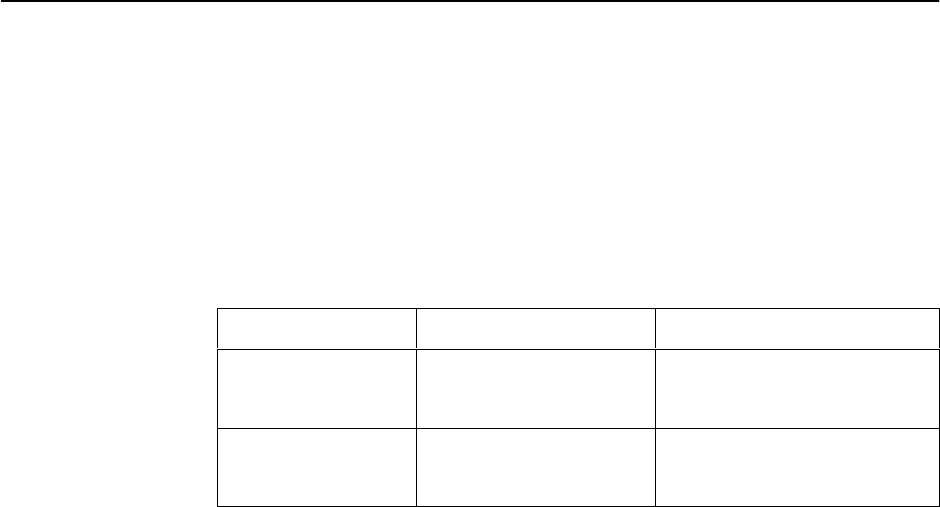User's Manual
Table Of Contents
- Contents
- About This Guide
- About the FrameSaver DSL Unit
- User Interface and Basic Operation
- Configuration Procedures
- Configuration Options
- Overview
- Using the Easy Install Feature
- Setting Up So the Router Can Receive RIP
- Entering System Information and Setting the System Clock
- Configuration Option Tables
- Configuring the Overall System
- Configuring the Physical Interfaces
- Configuring Frame Relay for the Data Port
- Configuring ATM for the Network Interface
- Configuring Circuit and DLCI Records
- Configuring PVC Connections
- Setting Up Management and Communication Options
- Configuring Node IP Information
- Configuring Management PVCs
- Configuring General SNMP Management
- Configuring Telnet and/or FTP Session Support
- Configuring SNMP NMS Security
- Configuring SNMP Traps
- Configuring the Ethernet Port
- Configuring the Communication Port
- Configuring the COM Port to Support an External Modem
- Security and Logins
- Operation and Maintenance
- FTP Operation
- Troubleshooting
- Setting Up OpenLane for FrameSaver Devices
- Setting Up Network Health for FrameSaver Devices
- Menu Hierarchy
- SNMP MIBs and Traps, and RMON Alarm Defaults
- Connectors, Cables, and Pin Assignments
- Technical Specifications
- Equipment List
- Index

SNMP MIBs and Traps, and RMON Alarm Defaults
B-8
9783-A2-GB20-00July 2000
Traps: linkUp and linkDown
These traps are supported on the following interfaces:
H Physical sublayer interfaces: network, Ethernet, and synchronous data ports
H Frame relay logical link layer interfaces
Table B-5. linkUp and linkDown Traps
Trap
What It Indicates Possible Cause
linkDown A failure in one of the
communication interfaces
has occurred.
A failure in one of the
communication interfaces has
occurred.
linkUp One of the failed
communication interfaces is
up and operational.
One of the failed communication
interfaces is up and operational.
Their linkUp and linkDown variable-bindings are in Table B-6.
Physical and logical sublayers are represented by the entry in the MIB II
Interfaces Table. It is supported by a combination of the Frame Relay Extension
MIB and either the Frame Relay Services MIB or the Frame Relay DTEs MIB.










